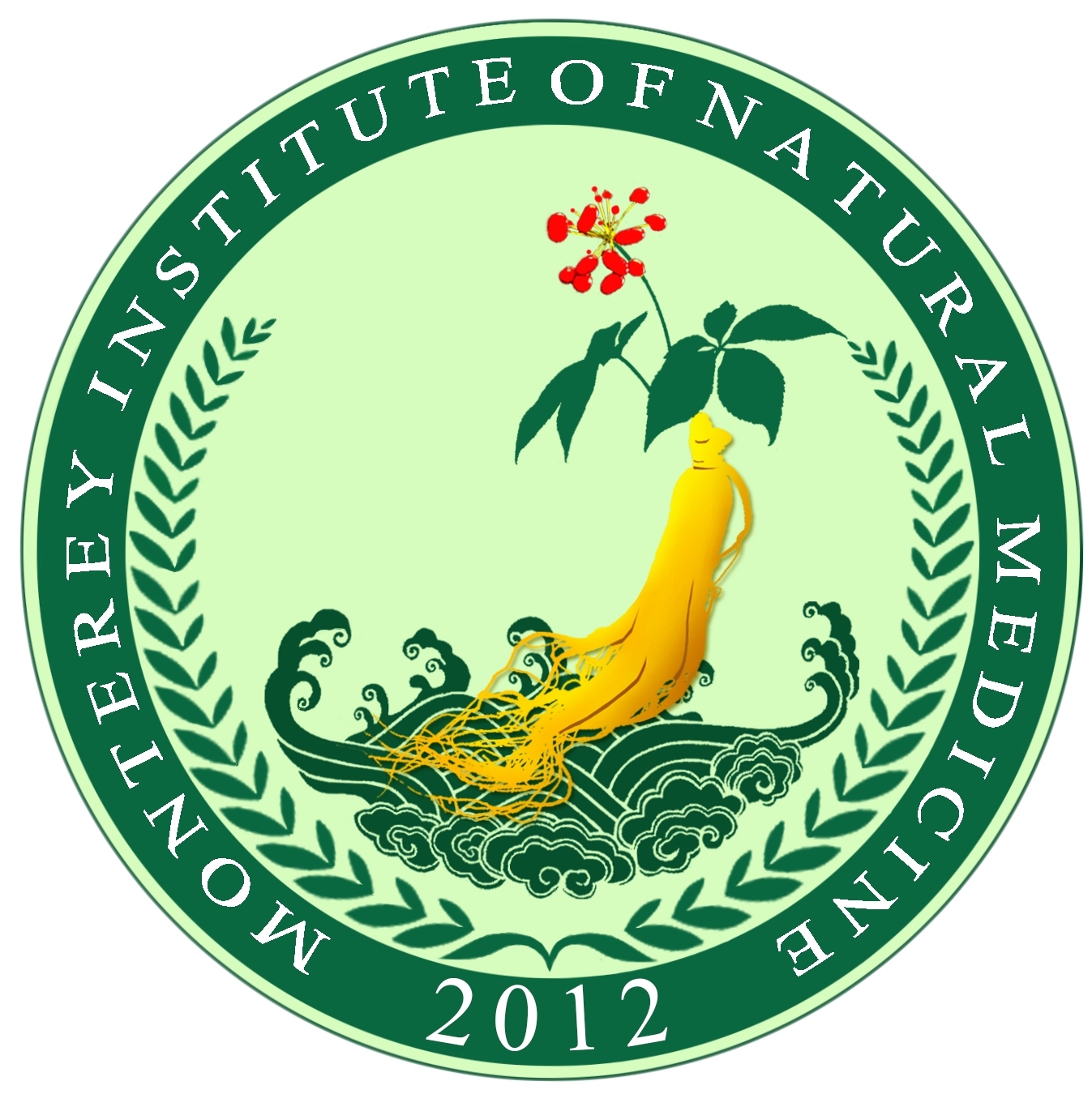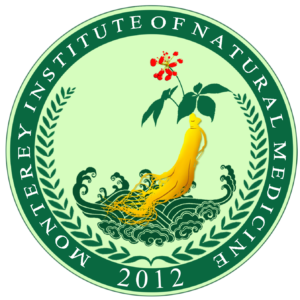Acupuncture, a cornerstone of traditional Chinese medicine, has been practiced for thousands of years. It offers a unique, non-invasive approach to pain relief, based on the principles of balancing the body’s energy or “qi” (pronounced “chi”). Here’s how acupuncture is believed to address pain:
1. Qi Flow and Balance: In traditional Chinese medicine, pain is often attributed to blockages in the flow of qi through meridian pathways in the body. By inserting needles into specific points, acupuncture aims to restore the free flow of qi, consequently alleviating pain and promoting healing.
2. Endorphin Release: On a biochemical level, acupuncture is thought to stimulate the release of endorphins, which are the body’s natural pain-relieving chemicals. These substances, similar to the body’s internal opioids, can produce feelings of well-being and reduce the perception of pain.
3. Nervous System Activation: Acupuncture can activate certain nerve endings. This activation might alter the transmission of pain signals in the spinal cord and brain, effectively blocking or changing the way the body perceives these signals.
4. Inflammation Reduction: Inflammation often contributes to pain, especially in conditions like arthritis or injuries. Some studies suggest that acupuncture can have anti-inflammatory effects, further contributing to its pain-relieving properties.
5. Muscle Relaxation: The needles’ insertion can cause micro-traumas that trigger the body’s natural healing response. This can lead to muscle relaxation, reducing spasms and tension that may contribute to pain.
6. Gate Control Theory of Pain: This theory proposes that the nervous system has a “gate” mechanism in the spinal cord that can either allow or block pain signals from reaching the brain. Acupuncture may stimulate nerve fibers that activate this “gate”, preventing pain signals from progressing to the brain.
In modern medicine, the effectiveness of acupuncture is still a subject of research and debate. However, numerous individuals report significant pain relief from acupuncture treatments. Given its minimal side effects and non-invasive nature, many health professionals consider acupuncture a valid complementary therapy for pain management. As always, it’s crucial to consult with trained and licensed acupuncturists when seeking this type of treatment.


